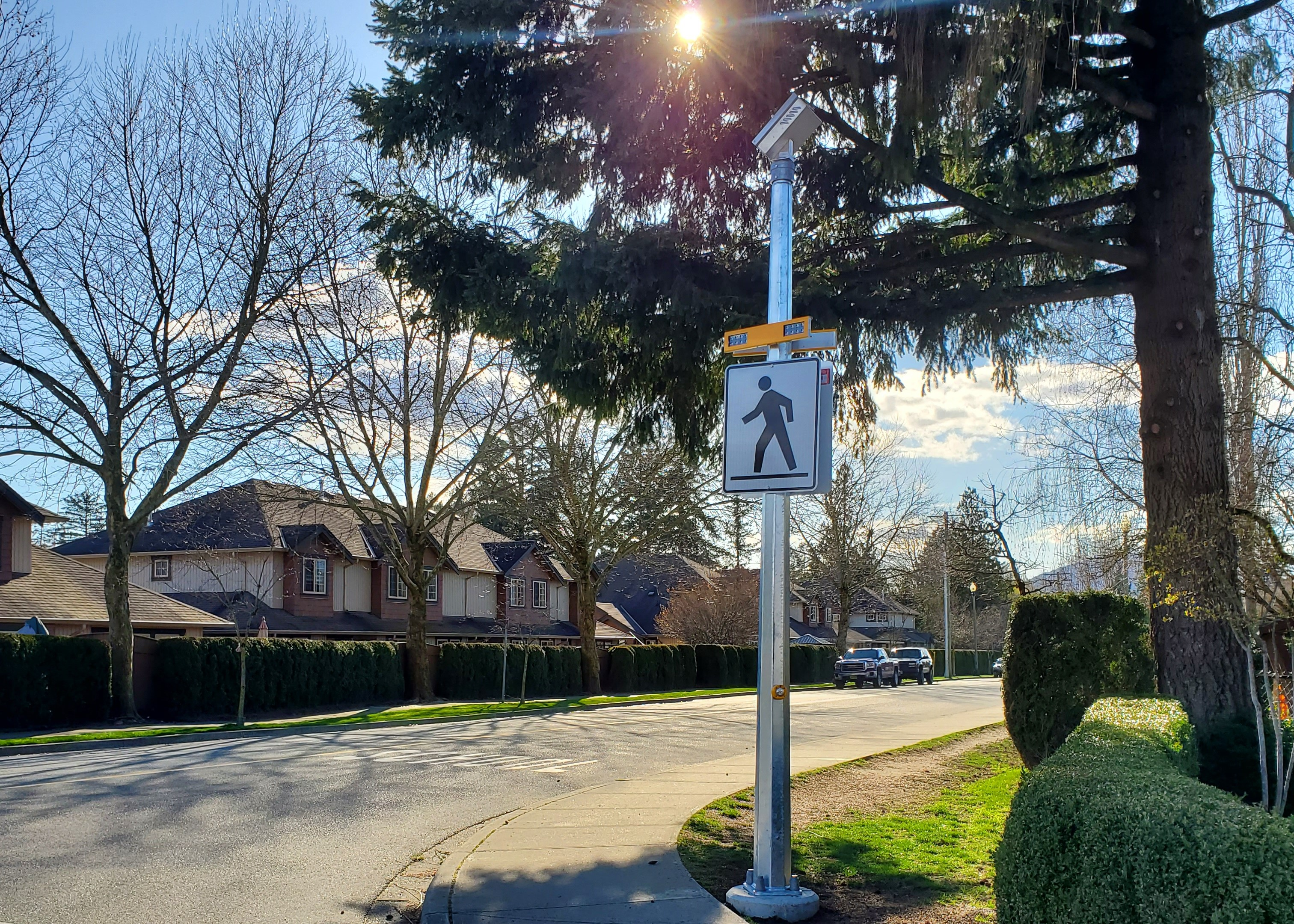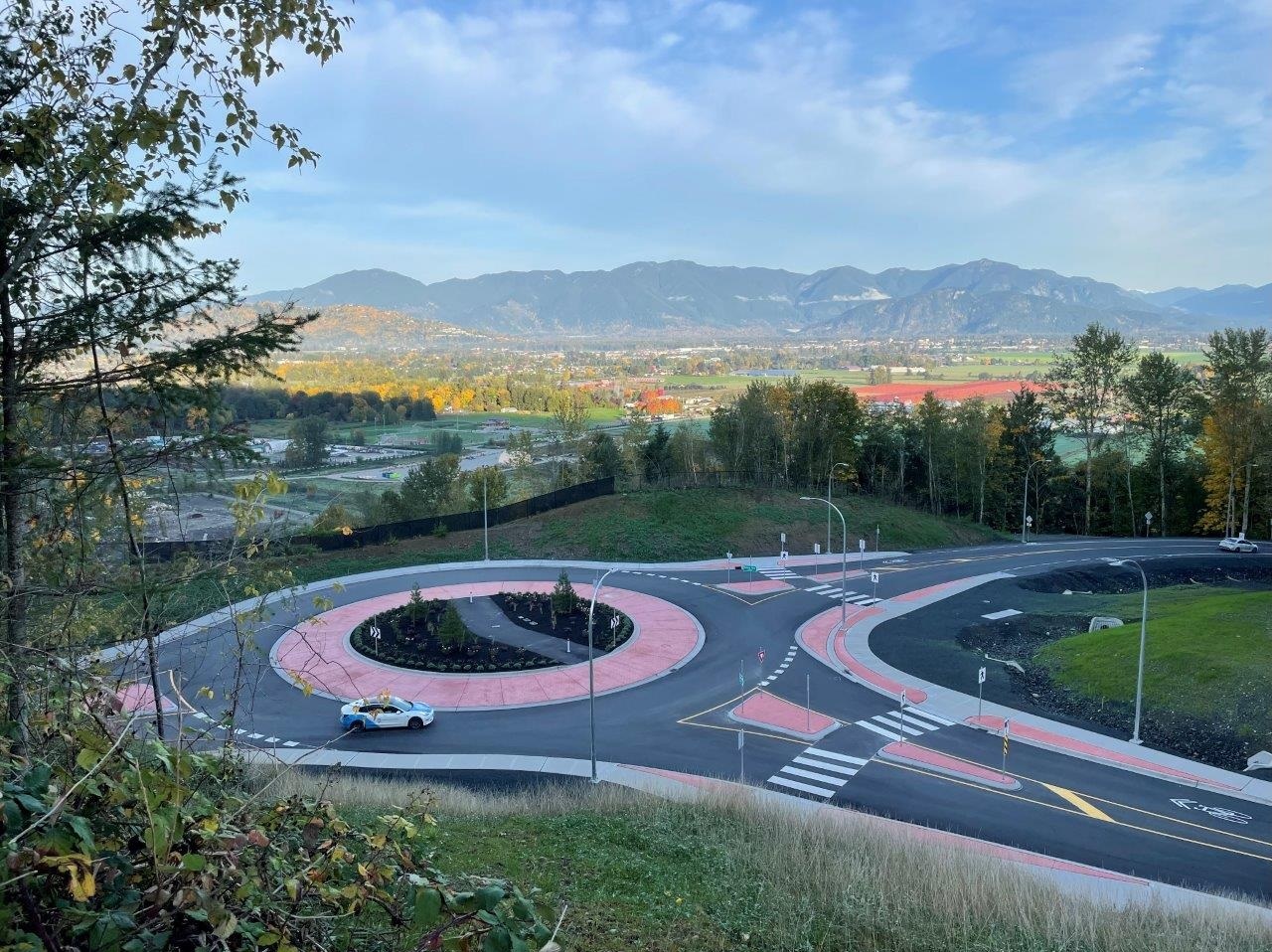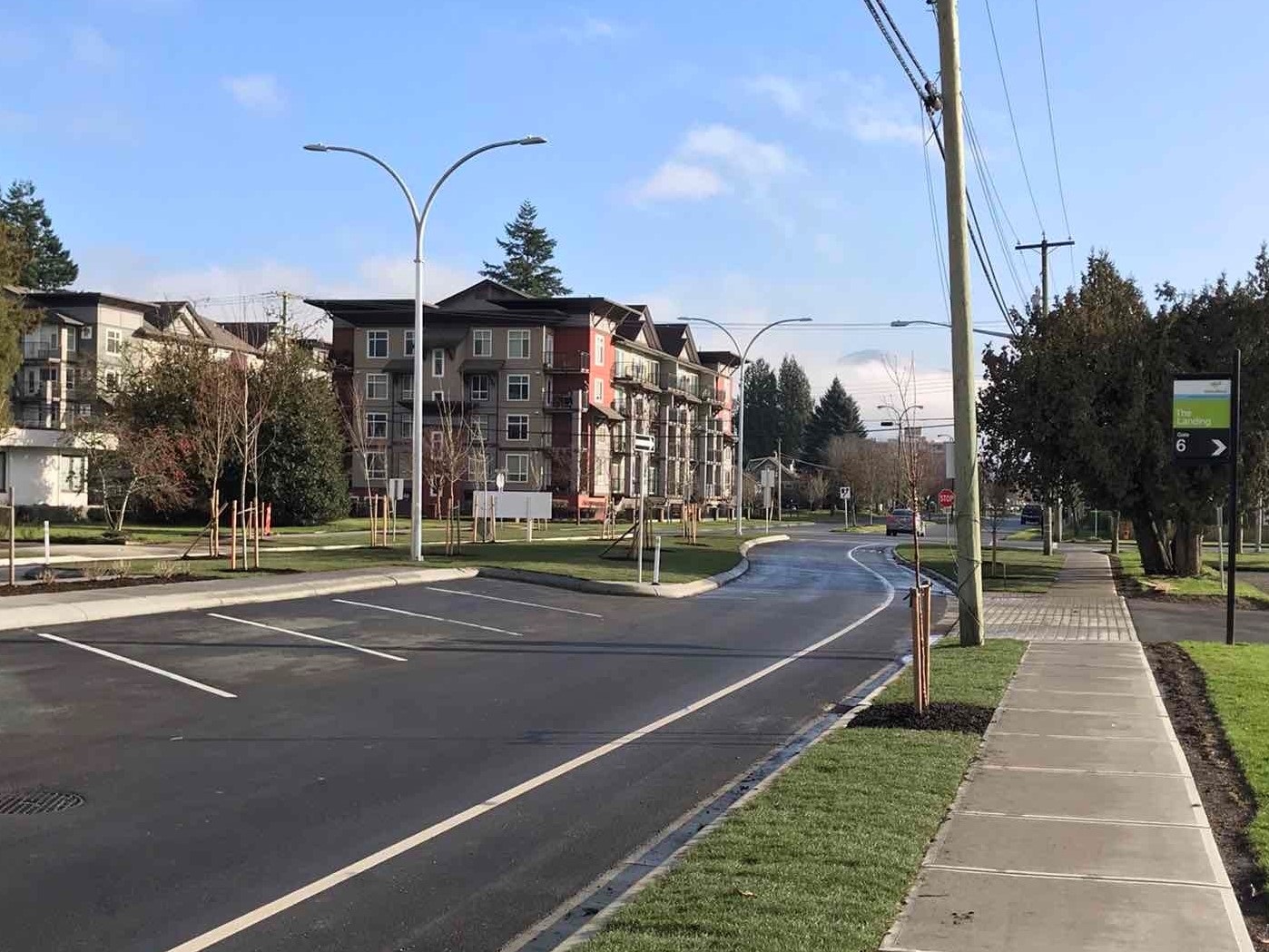Traffic Calming
The City’s Traffic Calming Policy F-13 was updated at the May 7, 2024, Council meeting. Here are some frequently asked questions about the new policy.
Frequently Asked Questions
What is Traffic Calming?
Traffic calming refers to the combination of physical measures to reduce the negative effects of motor vehicle use, alter driver behaviour and improve conditions for non-motorized street users.
Why did the City update the Traffic Calming Policy?
The City had a moratorium on traffic calming between 2002 and 2024 due to an unsuccessful traffic calming pilot in the early 2000s. The issue was not traffic calming but the types of physical measures selected and the prioritization of traffic calming tools.
As the City receives complaints about speeding and requests to slow drivers down, it is important to ensure there are physical options to decrease the speed of drivers and improve road safety. There have been several updates to best practices, and there are many new traffic calming tools that will benefit residents.
What traffic calming measures will be allowed?
The following table highlights various traffic calming methods and recommendations based on road classifications. The map of road classifications can be found on the City’s webmap. Further information about each traffic calming tool can be found by clicking on the links over each name below:
|
|
Traffic Calming Method |
Local Roads |
Major and Minor Collector Roads |
Major and Minor Arterial Roads |
|
Horizontal Deflection |
ü |
|
||
|
ü |
ü |
« |
||
|
ü |
ü |
« |
||
|
ü |
ü |
« |
||
|
ü |
ü |
« |
||
|
ü |
ü |
ü |
||
|
ü |
ü |
ü |
||
|
Cycle Lane / Multi -Use Pathway |
« |
ü |
ü |
|
|
ü |
ü |
|
||
|
ü |
ü |
« |
||
|
|
« |
ü |
||
|
Vertical Deflection |
|
|||
|
|
||||
|
|
||||
|
|
||||
|
« |
ü |
ü |
||
|
Signals and Signs |
« |
« |
« |
|
|
« |
« |
ü |
||
|
« |
ü |
ü |
||
|
« |
« |
« |
||
|
« |
ü |
ü |
||
|
Obstruction |
ü |
ü |
ü |
|
|
« |
ü |
ü |
||
|
ü |
« |
|
||
|
ü |
ü |
ü |
||
|
ü |
ü |
ü |
ü : Typical Practice
« : Implemented Under Special Conditions
Why aren’t speed humps included in the City’s Traffic Calming Policy?
Although there are some measured benefits from the installation of speed humps, the main reason they are not part of the policy is due to their negative effect on emergency service response times. Additionally, speed humps:
- Increase vehicle noise from the sound of vehicles accelerating / braking.
- Increase noise from cargo vehicles, whose load is shifting while travelling over the humps.
- Cause lower riding vehicles to bottom out, risking damage to vehicles.
- Push drivers to the shoulder where speed humps are lower, creating greater risk for pedestrians and cyclists.
- Can reduce driver control of the vehicle when travelling at a high rate of speed.
- Can cause some drivers to travel at a faster rate of speed between humps to catch up on lost time.
- Reduce vehicle fuel efficiency and increase greenhouse gas emissions.
- Are difficult to install identically along a corridor, leading to a difference in permitted speeds depending on the hump.
- May cause drivers to overwhelm nearby roads without speed humps.
How will Traffic Calming measures be prioritized?
The following factors will be considered in determining when upcoming traffic calming projects will be implemented:
- Traffic speeds (85th percentile speed, percentage of speeders)
- Traffic, pedestrian and cyclist volumes
- ICBC collision history
- Impact to emergency service response times
- Implementation cost vs benefit
- Connection to long term plans such as Active Transportation Plan, Cycle Vision Plan, or the Transportation Plan
- Potential for inclusion as part of other future planned projects through development or major City construction projects
- Current and future land use
- Road classification
- Proximity to public transit
- Proximity to schools, parks, and other community amenities
- Proximity to vulnerable populations such as seniors, people with disabilities, and children
- Existing traffic calming treatments
- Presence of sidewalks or multi-use pathways
- Cut-through traffic from a higher classification or capacity roadway
- Sightlines
- Nearby improvements
- Traffic diversion potential
What is the procedure for determining traffic calming projects?
1. Determine if a Study is Warranted
A resident may phone, email or come into City Hall to request traffic calming from the Engineering Department. Staff will follow up with the resident to gather further information and determine if a study is warranted or not.
2. Initiate a Study
City staff will initiate a study depending on staff capacity and the volume of requests. Locations with the greatest safety issues will be prioritized first.
3. Identify the Issues
The City will take a data driven approach to identify safety concerns. In this step, information and data such as traffic volumes, speed, and collision history will be utilized.
4. Determine if the Project is Warranted
The City reviews a variety of warrant factors when determining if projects are warranted. The detailed list of these factors can be found in the “How will traffic calming measures be prioritized?” section.
5. Develop a Plan
Once a project is warranted, its timeline and installation depend on the above mentioned prioritization criteria.
The City will create a cost estimate for the highest ranked projects, in some cases for multiple solutions. Staff will then create a design for these identified projects that are to be completed within the next year.
Study analysis results and the preliminary design may be sent out to affected residents, informing them of the proposed traffic calming measures in their neighbourhood along with a map of where they will be implemented, the design speed, and basic dimensions.
Residents will be encouraged to provide feedback on the preliminary design. If the public is overwhelmingly opposed to a project, the traffic calming measure may not be implemented and further public consultation with alternative designs may be initiated.
6. Implement the Plan
The Engineering Department will accept feedback on the initial notice up to 45 days after it’s been published. As long as the area residents aren’t significantly opposed to the proposed actions, the final design will be completed and submitted for implementation with the allotted funding.
Soon after implementation, City staff will visit the site to evaluate the success of the traffic calming measures.
How many projects will be installed each year?
The number of approved traffic calming installations will vary year by year. Initially, traffic calming will be installed as part of developments or through other City projects, such as new sidewalks, major capital projects, or cycle projects.
What are some examples of traffic calming within Chilliwack?
Rectangular Rapid Flashing Beacons (Flashing Crosswalks): Manual Road and Sheffield Way

Roundabouts: Teskey Way and Ross Road

Road Diets, Curving Roads, Parking Pockets, and Street Vegetation: Garrison Crossing Neighbourhood
Road Diet, Street Vegetation, and Chicanes: Spadina Avenue Improvement Project

How can I request traffic calming?
Contact the Engineering Department:
Email: [email protected]
Phone: 604-793-2907
In Person: Chilliwack City Hall, 8550 Young Rd, Chilliwack BC, V2P 8A4
Requests are easiest to follow up on if they contain:
- Information about the issue
- Location and time of day
- Type of traffic calming measure requested (refer to permitted traffic calming measures for further information)
- Contact information
| Attachments | |||
| Description | Date | File Size | |
| F-13 - Traffic Calming Policy | 2024-06-03 | 179KB | |
| Traffic Calming Staff Report | 2024-06-03 | 3.25MB | |
